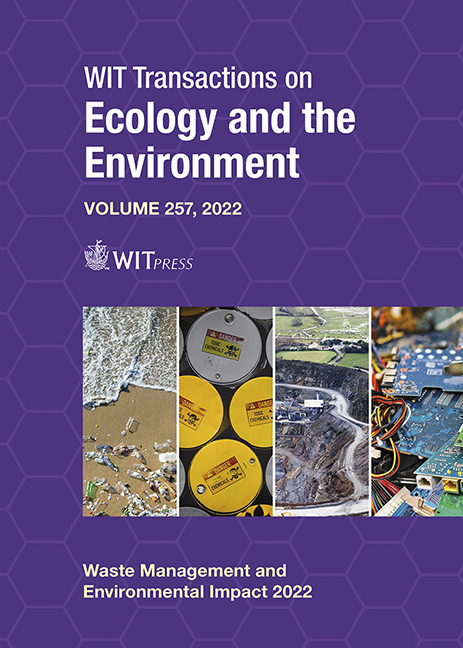CONSTRAINT MAPPING FOR AVOIDING ADVERSE EFFECTS OF DEVELOPMENT: THE APPLICATION TO POINT WILSON, AUSTRALIA, AND ITS AFTERMATH
Price
Free (open access)
Transaction
Volume
257
Pages
11
Page Range
187 - 197
Published
2022
Paper DOI
10.2495/WMEI220161
Copyright
Author(s)
BRYAN R. JENKINS
Abstract
Avoidance of impacts on areas of environmental significance is a desired outcome of environmental planning. This paper describes the process of constraint mapping that was used in the siting and layout for a proposed petrochemical plant at Point Wilson, near Geelong, in the Australian State of Victoria. Saltmarsh vegetation on part of the proposed site was part of the prime wintering habitat for the orangebellied parrot, a critically endangered species. Comprehensive field investigations were undertaken to determine the habitat areas and flight paths of the parrot. Other environmental factors were also defined and spatially mapped. This constraint mapping led to revising the siting and layout of the proposed petrochemical plant. As part of the rezoning process, a buffer zone was established between the industrial development zone and the conservation reserve to protect habitat areas and flight paths. The aftermath of the rezoning is considered. The petrochemical plant did not proceed on economic grounds and subsequent proposals by others for industrial development have not proceeded. The site is currently a basalt quarry. Parrot habitat protection has influenced all of these decisions. The conservation reserve became part of a Ramsar-listed site for flora and fauna protection. However, parrot numbers have declined. While there has been some degradation of the saltmarsh habitat, the decline is attributed to problems of the small population of orange-bellied parrots. A breeding programme is assisting in the recovery of parrot numbers and the conservation reserve is a key component of the reintroduction of parrots from the breeding programme into the wild.
Keywords
constraint mapping, environmental impact assessment, endangered species management




